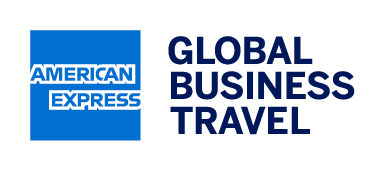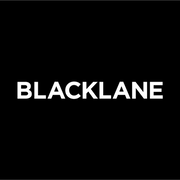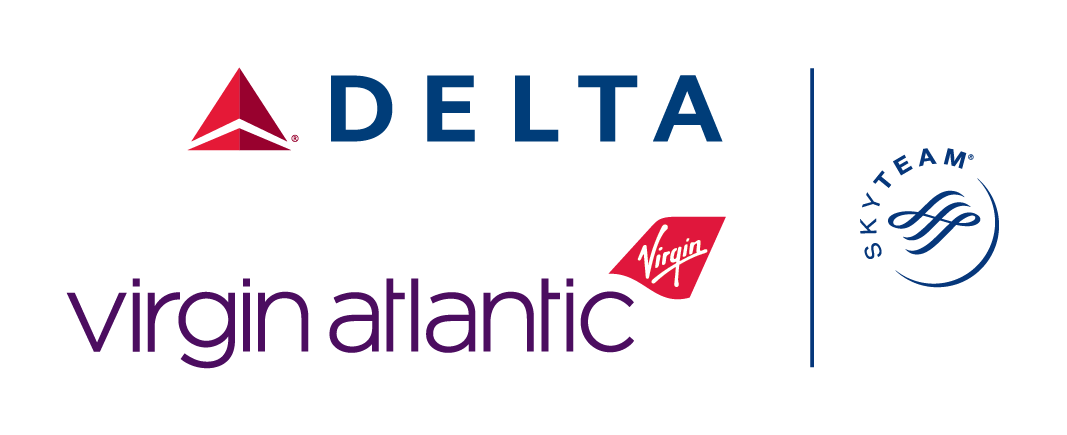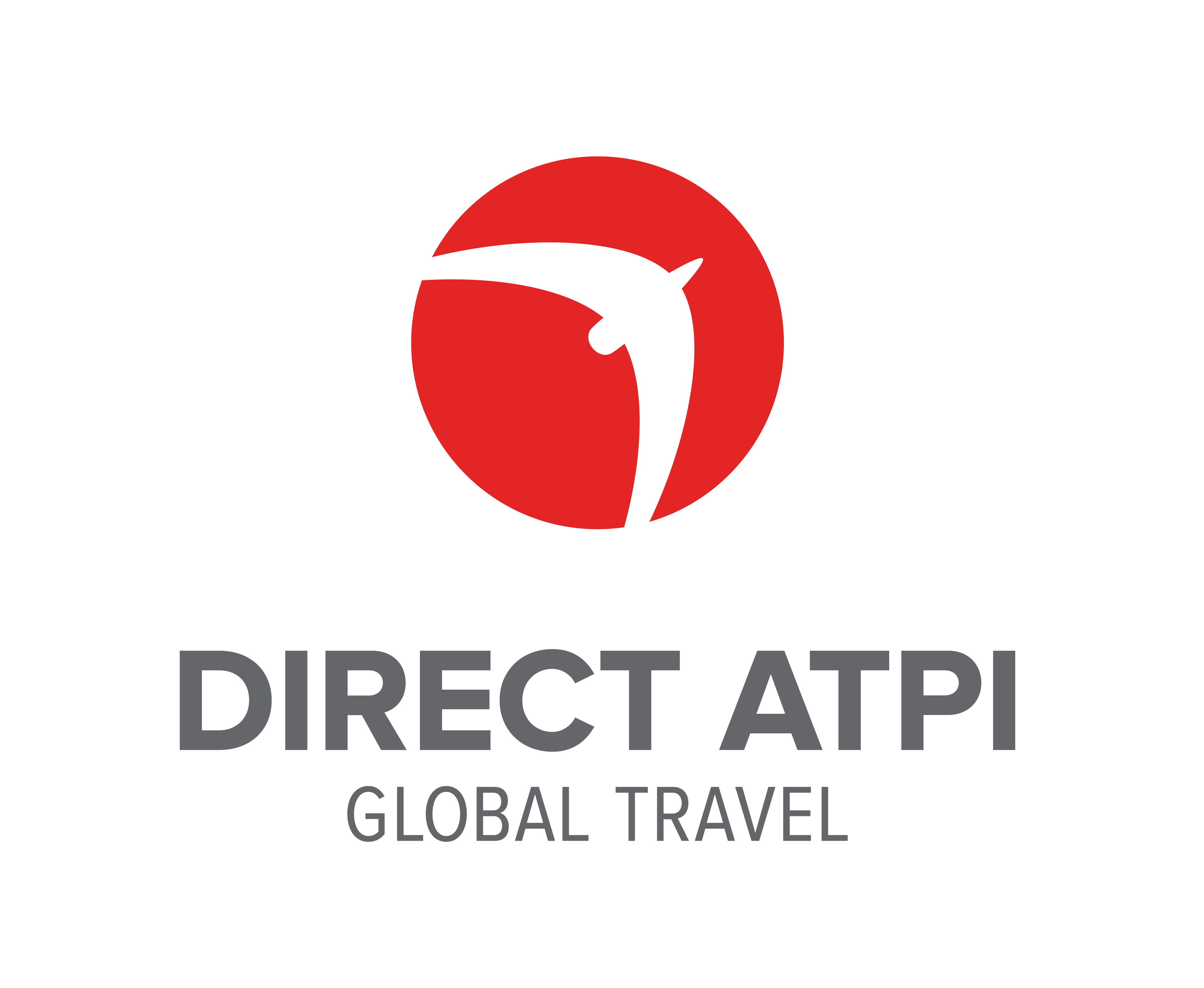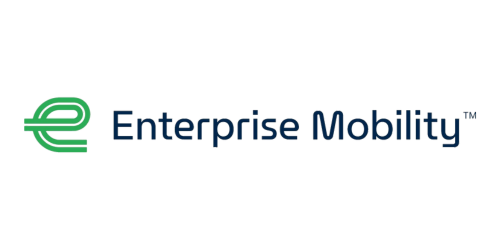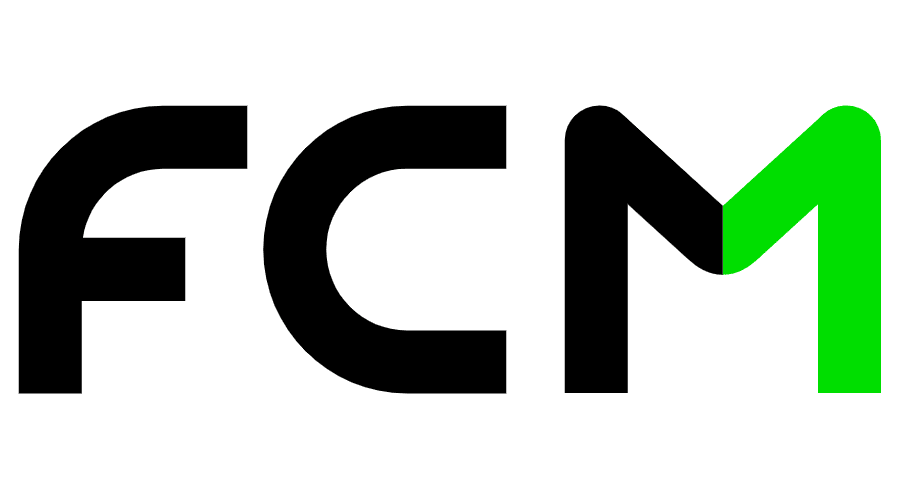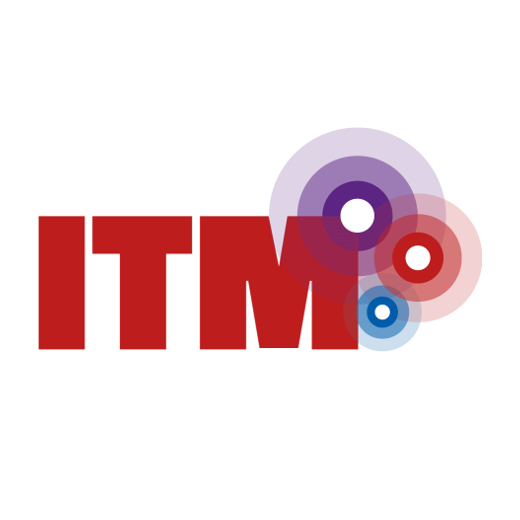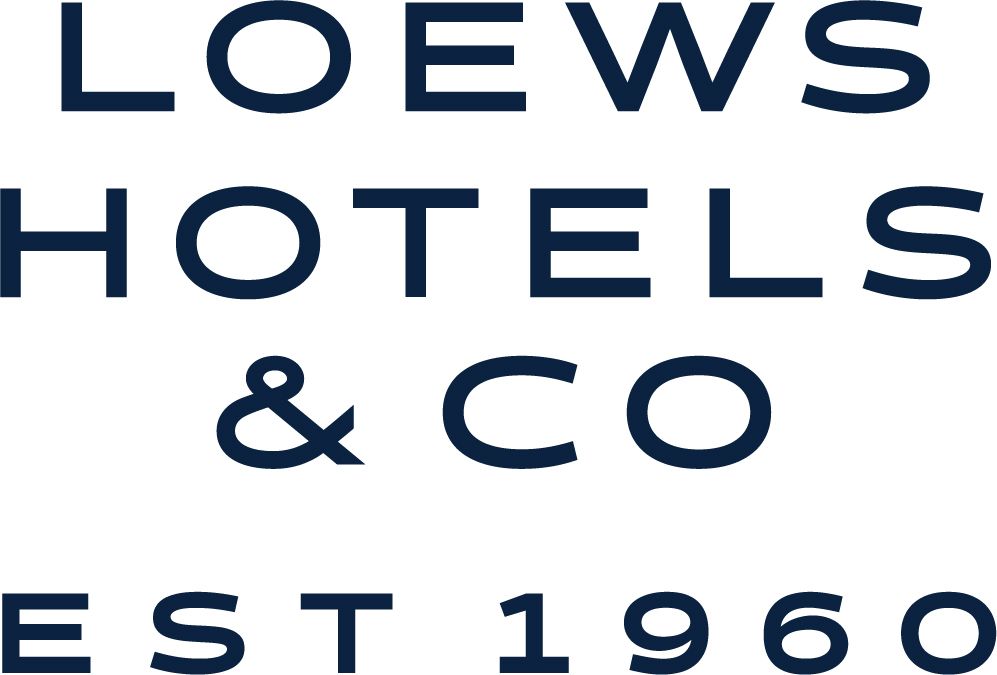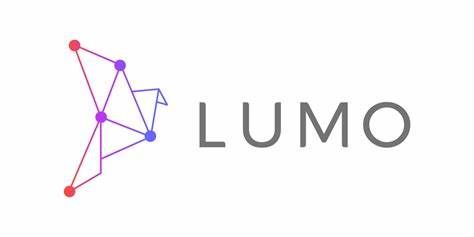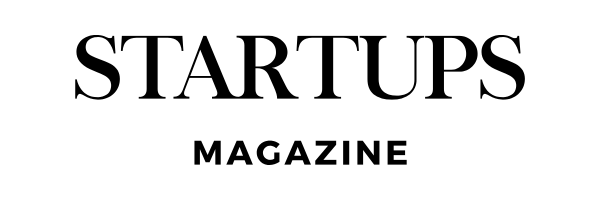Then and now: A century of change in business travel
)
- Author: Business Travel Show Europe 2025
- Published: 27 March 2025
- Topics: Business Travel, Evolution, History
- Read Time: 5 minutes
Quick Summary
Business travel has transformed significantly over the past century, driven by technology, global shifts, and sustainability. By exploring the journeys of James, Sophie, and Elena—each from different eras—we see how business travel has evolved in booking, management, and experience.
Business Travel Show Europe | 25-26 June 2025 | ExCeL London
Then and now: A century of change in business travel
Meet our travellers:
|
Name: James McQueen |
Name: Sophie Laurent |
Name: Elena Martinez |
1. How was business travel booked?
James (1920s):
For James, the early 20th century was a time when business travel was primarily managed through personal connections. Booking a trip required visits to local travel agents, lengthy phone calls, or even direct communication with railway and shipping companies. His travels, often regional, relied heavily on relationships and word-of-mouth recommendations. Whether it was arranging a train ride across Britain or organising a carriage to his supplier, booking travel was a manual and time-consuming process.
Sophie (1970s):
By the 1970s, business travel had evolved with the advent of telephone communication and the growing prominence of airlines. Sophie's travel bookings were made over the phone or through the company’s travel department. She relied on business travel agents to secure flights and accommodation, particularly within Western Europe. While travel booking had become more streamlined, it still required multiple interactions and was heavily reliant on traditional, human-centred methods.
Elena (2025):
Fast-forward to 2025, and Elena’s booking experience is markedly different. Thanks to the internet and corporate travel policies, Elena can now book her own travel via user-friendly online platforms or mobile apps, choosing from a wide variety of airlines, accommodation, and transport options. Corporate travel tools make booking travel an efficient and cost-effective process, ensuring compliance with company guidelines while giving Elena the flexibility to manage her trips seamlessly.
2. What does the business traveller use to manage their travel booking?
James (1920s):
James did not have the luxury of sophisticated booking systems. Instead, he relied on personal judgment, word of mouth, and recommendations from colleagues and suppliers. He kept a handwritten record of travel plans, and there was no central tool or resource to help manage his bookings, making his travel a series of disconnected and sometimes chaotic steps.
Sophie (1970s):
Sophie’s business travel was managed with the help of a travel agent or the company’s travel coordinator. There were no booking apps or integrated systems to check travel details in real time, so Sophie had to rely on paper itineraries and phone calls to confirm bookings. Travel policies were starting to emerge within larger corporations, offering some structure to the process, but it still involved a significant amount of manual work.
Elena (2025):
In stark contrast, Elena uses a comprehensive travel programme provided by her employer. With a managed travel solution, she has access to a centralised system that simplifies booking, approval, and compliance with company policies. The system is integrated into her smartphone and synced across all devices, allowing Elena to book flights, hotels, and car rentals in one go.
3. What type of luggage is the business traveller taking?
James (1920s):
James would likely pack his belongings in a sturdy, hard briefcase made of leather or wood. His luggage was simple but functional—designed to carry papers, business cards, and personal items needed for short, local trips.
Sophie (1970s):
Sophie, working in banking during the 1970s, would have opted for a classic suitcase made of durable materials like hard plastic or fabric. While still traditional, the suitcase was larger and designed to hold more items, including work-related documents, formal business attire, and personal essentials.
Elena (2025):
Elena’s luggage is high-tech and built for efficiency. Her smart suitcase comes equipped with motorised wheels, a built-in USB charger, and a GPS tracker for easy navigation through airports and hotels. As a consultant focused on sustainability, she chooses a suitcase made of eco-friendly materials.
4. How is the business traveller checking In?
James (1920s):
James’s boarding process was entirely manual. He would approach the counter at a railway station or shipping port and hand over his paper ticket to board the train or ferry. There were no ticketing machines, so every journey began with a personal interaction with a railway official or ship crew, and no formal check-in process.
Sophie (1970s):
By the 1970s, airline travel was becoming more widespread, and Sophie would check in at the airport counter with a paper ticket. She would receive a physical boarding pass, which she would keep with her until she arrived at her destination.
Elena (2025):
Elena’s check-in process is seamless and entirely digital. Whether she is flying or taking the train, she can check in using her smartphone, which also holds her boarding passes. QR codes, mobile ticketing, and digital wallets make the process quicker, more efficient, and environmentally friendly.
5. How did the business traveller communicate while abroad?
James (1920s):
In the 1920s, communication abroad was a significant challenge. James relied on hotel landlines or public payphones to make long-distance calls, often using costly international calling cards. Most of his business interactions were slow, relying on face-to-face meetings or letters sent via traditional mail.
Sophie (1970s):
In the 1970s, Sophie stayed connected via the telephone, but international calls were still expensive. Fax machines began to expedite business correspondence, and letters remained crucial for communication. Though phone lines had become more accessible, real-time communication was still a challenge.
Elena (2025):
By 2025, Elena is always connected. Whether through Zoom or Teams for video calls, or WhatsApp for instant messaging, she communicates seamlessly with clients and colleagues. With international roaming plans and Wi-Fi available everywhere, she maintains constant connectivity, making business communication faster and easier.
6. How was business travel reimbursed?
James (1920s):
Reimbursement for James was a manual, time-consuming task. He collected receipts, wrote down his expenses, and submitted them to his employer’s accounting department. The process could take weeks and involved paper forms, leaving room for inefficiencies and errors.
Sophie (1970s):
Sophie’s reimbursement process in the 1970s was somewhat streamlined but still involved collecting paper receipts, filling out forms, and submitting them for approval. It was a slow process, reliant on paperwork and waiting for reimbursement.
Elena (2025):
By 2025, business travel reimbursement is efficient and digital for Elena. She uses mobile apps and expense management software to capture receipts, log expenses in real time, and submit claims directly to her finance team.
Summary
From James’s regional trips in the 1920s to Sophie’s Western European business travels in the 1970s, and Elena’s global consulting missions in 2025, the evolution of business travel has been shaped by advances in technology and changing professional norms. What was once a paper-heavy, face-to-face process has transformed into a seamless, efficient system with an emphasis on connectivity, convenience, and sustainability.
As business travellers adapt to new technologies and the fast-changing world, it’s clear that the future of business travel will continue to evolve, becoming even more seamless, sustainable, and interconnected.
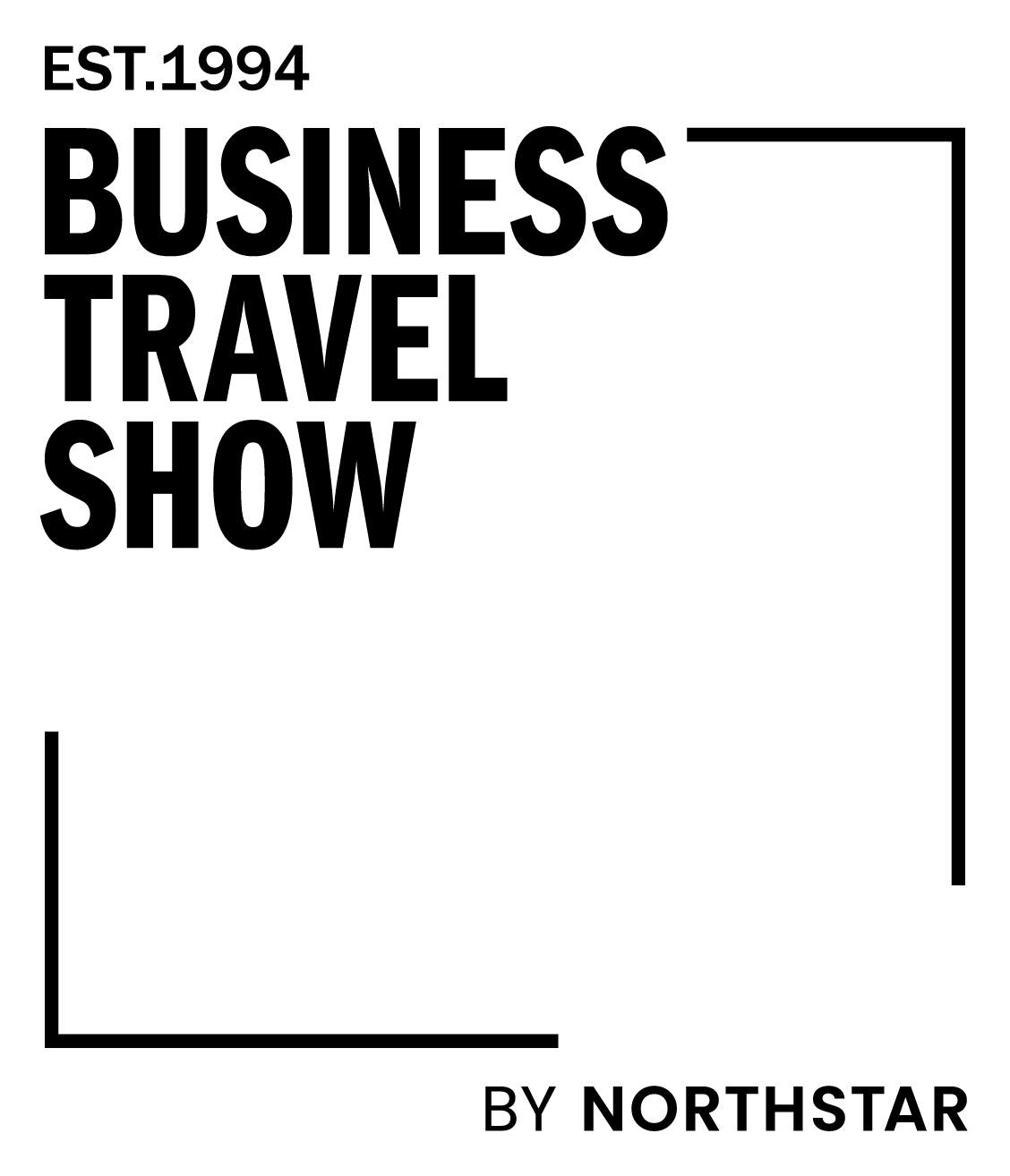


)
)
)
)
)
)
)
)
)
)
)
)
)
)
)
)
)
)
)
)
)

